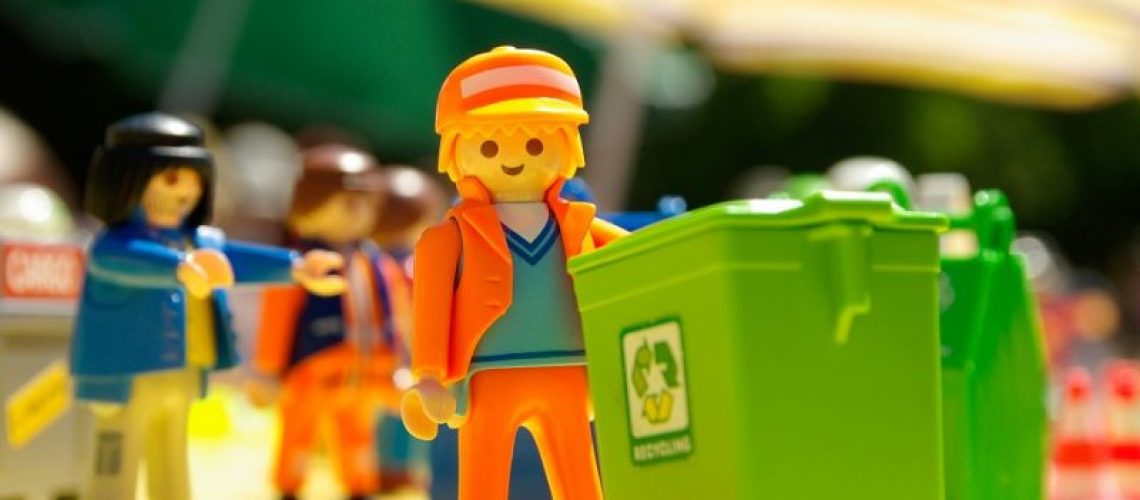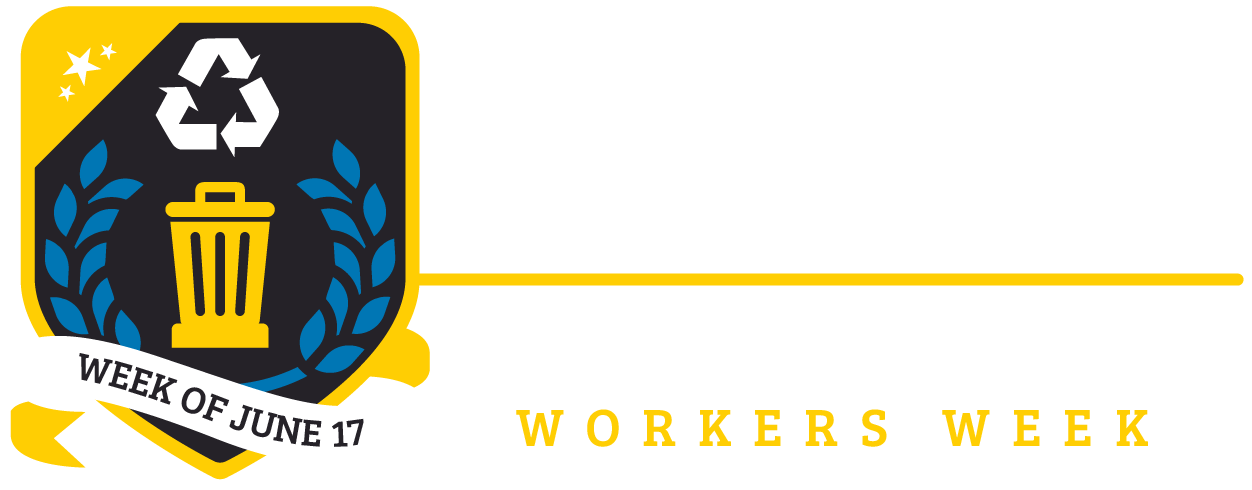Learning to Recycle
If you want to go green, you need to know how to separate your trash from your recycling. It may seem tricky at first, but once you get the hang of it, it’ll be second nature in no time. And you’ll be doing your part to make sure that as little of our precious resources as possible are wasted and potentially landfilled.
Which Items Are Recyclable?
Many items in your home can be recycled, but not all. You should separate recyclable materials like paper, plastic and glass into designated bins for collection. The following are some items that can be recycled:
- Paper products as long as they have no food residue or liquid on them (e.g., pizza boxes, cereal boxes, etc.)
- Plastic bottles, jugs and jars with a neck (e.g., milk jugs)
- Plastic bags (e.g., produce bags)
- Aluminum cans (e.g., soft drink cans) – Steel cans (e.g., soup cans)
- Cardboard boxes
- Newspapers and magazines
- Junk mail
Separation and Preparation of Recyclable Items
The first step in learning to recycle is trash separation into different categories. You should have a separate trash can for each of these categories: -paper/cardboard, plastic/foil, metal cans and glass jars. This will make it easier when you come time to find places for the recycled items.
The next step is preparation of recyclable items. The most important thing about this process is that you’re careful not to contaminate the items. Contamination occurs when something like food or a piece of garbage falls on an item that’s meant to be recycled. If this happens, then that item has crossed over and become unusable, meaning it can’t be recycled anymore because all the other recyclables will have been contaminated too! Remember to wash the items if they are dirty, and to cut out any damaged areas so they don’t ruin anything else.



